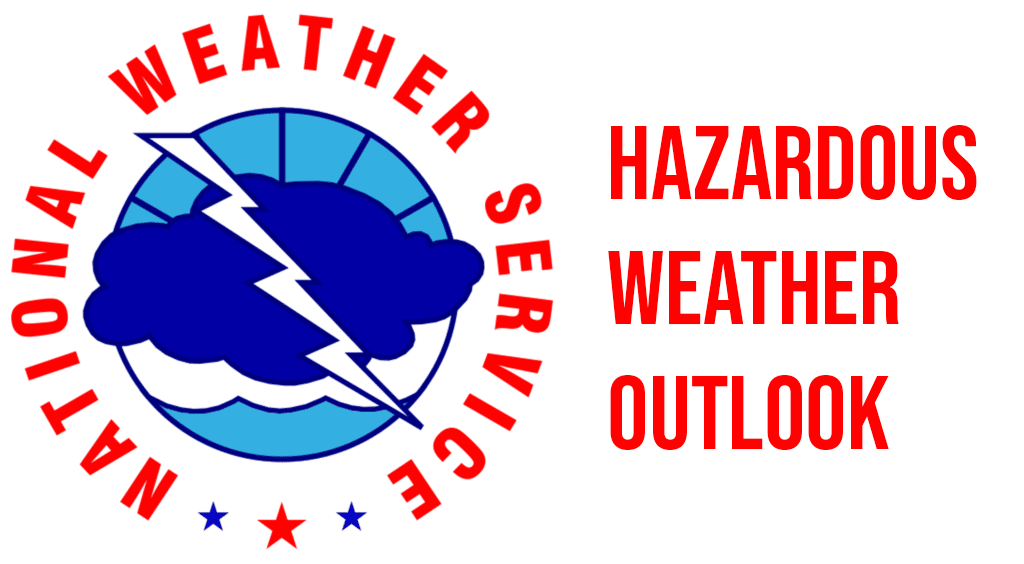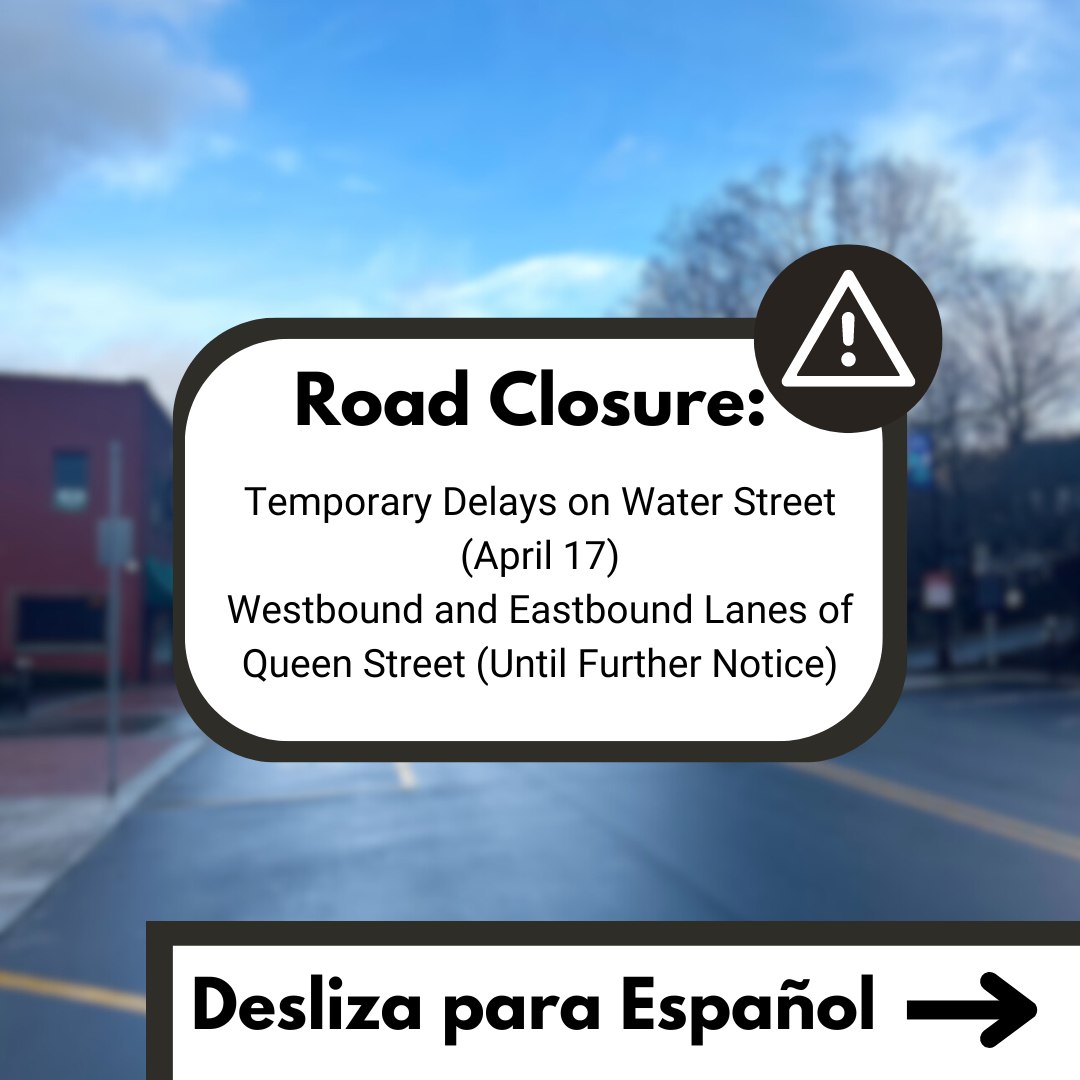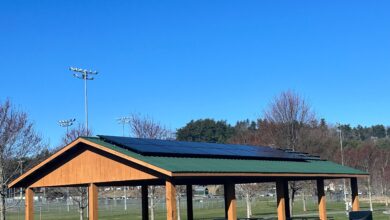Last Updated on May 25, 2017 6:21 pm
Raleigh, NC – For the first time since March 2016, all North Carolina’s 100 counties are determined to be free from drought or dry conditions.
“The recent rainfall has brought relief to the state, particularly southwestern North Carolina,” said Linwood Peele, acting chairman of the N.C. Drought Management Advisory Council and the state’s Water Supply Planning Branch supervisor. “Streams, groundwater levels and soil moisture have greatly improved and counties are now experiencing near long-term averages.”
The variables that determine drought are streamflow, groundwater levels, climate, the amount of water stored in reservoirs, soil moisture, and the time of year. In North Carolina, the council also considers impacts to the environment when it is recommending changing conditions to the state’s drought map.
These conditions are closely monitored and can rapidly change, especially during the hot summer months, which bring about higher evaporation rates.
“During the summer, North Carolina’s rainfall becomes more difficult to forecast,” said Michael Moneypenny, a meteorologist for the National Weather Service in Raleigh and a member of the N.C. Drought Management Advisory Council. “Weather systems are typically weaker at this time and the bulk of our rainfall comes from scattered shower and thunderstorm activity that is not predicted but pops up during the heat of the day.”
Members of the council discuss each week the state’s drought conditions and the council’s recommendations from that meeting are then reflected on the North Carolina and U.S. Drought Monitor, a map of the nation’s drought conditions released each Thursday at 9 a.m. The drought map is produced by the National Oceanic and Atmospheric Administration, the U.S. Department of Agriculture, and the National Drought Mitigation Center at the University of Nebraska-Lincoln.
To view North Carolina’s drought map, visit www.ncdrought.org. To view the U.S. drought map, visit http://droughtmonitor.unl.edu/.















